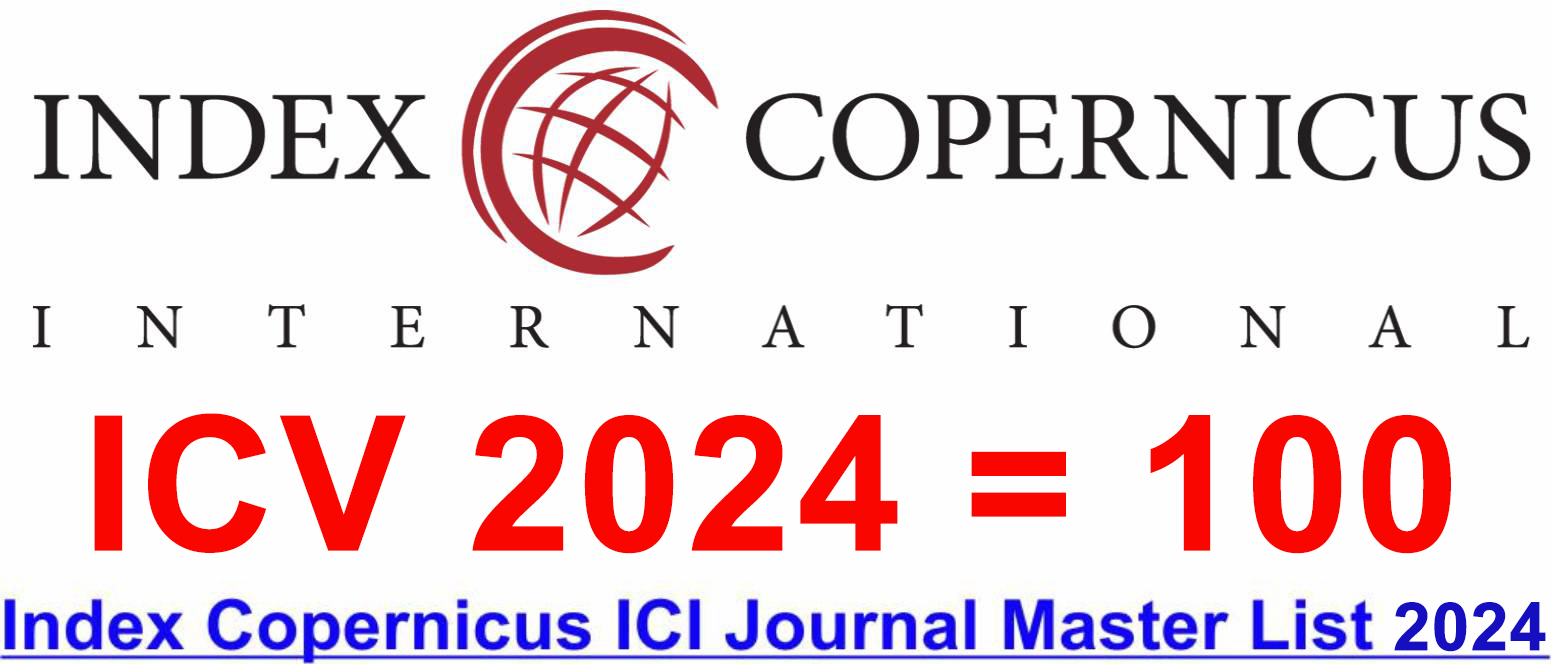Credit Risk Management and Bank Performance: With Special Reference to Specialized Banks in Sri Lanka
DOI:
https://doi.org/10.46977/apjmt.2021v02i01.001%20Keywords:
Credit Risk Management, CAMEL Rating System, Financial Performance, Licensed Specialized Banks, Sri LankaAbstract
The adoption of credit risk management is becoming a crucial factor for every bank. The objective of this study identifies the relationship between the credit risk management determinants revealed by banking soundness index indicators CAMEL (Capital adequacy, Assets quality, Management efficiency, Earnings, Liquidity) on the performance of the License Specialize banks in Sri Lanka. This study is based on secondary data from each bank annual reports. The data were collected from six development bank among seven development banks in Sri Lanka. The sample was selected from the population based on the availability, convenience method, and reliability of data over the set period. The panel data of a sixteen-year period from 2000 to 2016 from the selected banks, were used to examine the relationship between credit risk management and performance. The Return on equity is used as a performance indicator and Capital adequacy and Asset quality were used as indicators of credit risk management. The study used multiple regression to analyze the data. With these findings, it revealed there is a strong impact of the CAMEL components on the financial performance of specialized banks in Sri Lanka. As per the findings of analysis Capital Adequacy, and Asset quality has a negative significant relationship between bank performances of ROE. This study also documented that there is a significant relationship between credit risk management by CAMEL Indicators and the financial performance of specialized banks in Sri Lanka. Therefore, this study suggests that the CAMEL model can be used as a proxy for credit risk management in the context of License Specialize banks Sri Lanka.
Downloads
References
Adeusi, S. O., Akeke, N. I., Adebisi, O. S., & Oladunjoye, O. (2014). Risk management and financial performance of banks in Nigeria. Risk Management, 6(31), 123-129.
Aktan, B., & Bulut, C. (2008). Financial performance impacts of corporate entrepreneurship in emerging markets: A case of Turkey. European Journal of Economics, Finance and Administrative Sciences,12(8), 1530-2275.
Alam, M. Z., &Musukujjaman, M. (2011). Risk management practices: A critical diagnosis of some selected commercial banks in Bangladesh. Journal of Business and Technology (Dhaka), 6(1),15-35.
Appa, R. (1996). The Monetary and Financial System. 3rd Edition. London Bonkers Books Ltd.
Bhattacharyya, A., Lovell, C. K., & Sahay, P. (1997). The impact of liberalization on the productive efficiency of Indian commercial banks. European Journal of Operational Research, 98(2), 332-345.
Campbell, A. (2007). Bank insolvency and the problem of nonperforming loans. Journal of Banking Regulation, 9(1), 25-45.
Central Bank of Sri Lanka (2000-2016). Annual Reports. https://www.cbsl.gov.lk/en/publications/economic-and- financial-reports/annual-reports
Coolican, H. (2013). Research Methods and Statistics in Psychology. 5th Edition, Routledge, New York.
Cooper, M. J., Jackson III, W. E., & Patterson, G. A. (2003). Evidence of predictability in the cross-section of bank stock returns. Journal of Banking & Finance, 27(5), 817-850.
Das, A., & Ghosh, S. (2007). Determinants of credit risk in Indian state-owned banks: An empirical investigation. Economic Issue-Stoke and Trent, 12(2), 27-46.
Dionne, G. (2013). Risk management: History, definition, and critique. Risk Management and Insurance Review, 16(2), 147-166.
Felix, A. T., & Claudine, T. N. (2008). Bank performance and credit risk management. Unpublished Masters Dissertation in Finance, University of Skovde, 12-46.
FELIX, C. (2009). PG/M. Sc/05/40076 (Doctoral dissertation, Department of political science, university of nigeria, nsukka).
Hair Jr, J. F., Sarstedt, M., Ringle, C. M., &Gudergan, S. P. (2017). Advanced Issues in Partial Least Squares Structural Equation Modeling. saGe publications.
Hosna, A., Manzura, B., & Juanjuan, S. (2009). Credit risk management and profitability in commercial banks in Sweden. rapport nr.: Master Degree Project 2009:36.
Kargi, H. S. (2011). Credit risk and the performance of Nigerian banks. Ahmadu Bello University, Zaria.
Kodithuwakku, S. (2015). Impact of credit risk management on the performance of commercial banks in Sri Lanka. International Journal of Scientific Research and Innovative Technology, 2(7)
Kumar, R. (2018). Research methodology: A step-by- step guide for beginners. Sage.
Madushani, B. D. A., & Madurapperuma, M. W. (2016). The Relationship between Credit Risk and Bank Performance: A Study of Commercial Banks in Sri Lanka.
Megeid, N. A. (2013). The impact of effective credit risk management on commercial banks liquidity performance: Case of Egypt. International Journal of Accounting and Financial Management Research (IJAFMR), 3(2), 13-32.
Miller, S. M., & Noulas, A. G. (1997). Portfolio mix and large-bank profitability in the USA. Applied Economics, 29(4), 505-512.
Morris, T. (2006). Social work research methods: Four Alternative Paradigms. Sage.
Ogboi, C., &Unuafe, O. K. (2013). Impact of credit risk management and capital adequacy on the financial performance of commercial banks in Nigeria. Journal of Emerging Issues in Economics, Finance and Banking, 2(3), 703-717.
Öker, A. (2007). Ticari bankalarda kredi ve kredi riski yönetimi-bir uygulama. Marmara Üniversitesi Sosyal Bilimler Enstitüsü Yayınlanmamış Doktora Tezi, İstanbul.
Perera, S., Skully, M., & Wickramanayake, J. (2006). Competition and structure of South Asian banking: a revenue behaviour approach. Applied Financial Economics, 16(11), 789-801.
Poudel, R. P. S. (2012). The impact of credit risk management on financial performance of commercial banks in Nepal. International Journal of Arts and Commerce, 1(5), 9-15.
Rathnasiri, R. A. (2016). The impact of credit risk on the profitability of commercial banks in Sri Lanka. Sri Lanka Forum of University Economists (SLFUE), Department of Economics, Faculty of Social Sciences, University of Kelaniya.
Rufai, A. S. (2013). Efficacy of Credit Risk Management on the Performance of Banks in Nigeria A Study of Union Bank PLC (2006-2010). Global Journal of Management and Business Research.
Sackett, P. R., Putka, D. J., & McCloy, R. A. (2012). The concept of validity and the process of validation. The Oxford Handbook of Personnel Assessment and Selection, 91-118.
Said, R. M., &Tumin, M. H. (2011). Performance and financial ratios of commercial banks in Malaysia and China. International Review of Business Research Papers, 7(2), 157-169.
Sathye, M. (2003). Efficiency of banks in a developing economy: The case of India. European Journal of Operational Research, 148(3), 662-671.
Seelanatha, L. (2010). Market structure, efficiency and performance of banking industry in Sri Lanka. Banks & Bank Systems, (5, Iss. 1), 20-31.
Seelanatha, S. (2007). Efficiency, productivity, change and market structure of the banking industry in Sri Lanka (Doctoral dissertation, University of Southern Queensland).
Swarnapali, R. M. N. C. (2014). Firm specific determinants and financial performance of licensed commercial banks in Sri Lanka.
Swarnapali, R. M. N. C., Kumari, J. S., &Pathmasiri, R. M. L. R. (2011). Profitability and Productivity in Sri Lankan Banks: A Comparative Study. In proceedings of International Conference on Business Management (Vol. 8).
Takang, F. A., & Ntui, C. T. (2008). Bank performance and credit risk management.
Published
How to Cite
Issue
Section
Copyright (c) 2021 Asia-Pacific Journal of Management and Technology (AJMT)

This work is licensed under a Creative Commons Attribution-NonCommercial 4.0 International License.
















